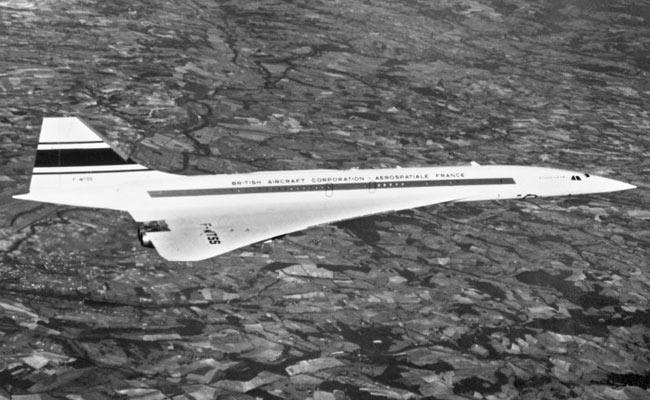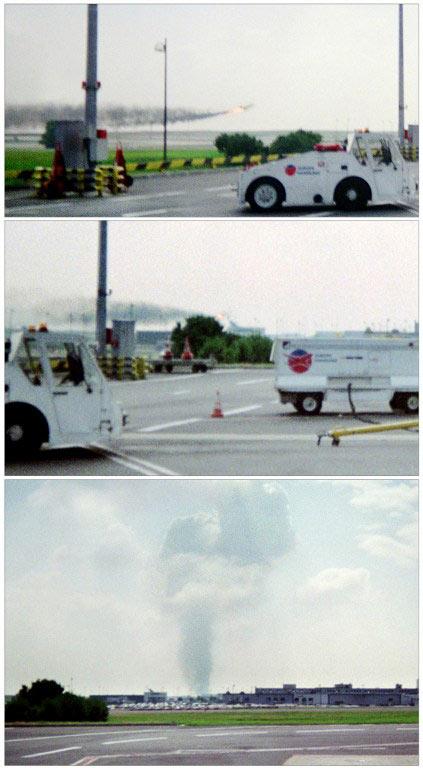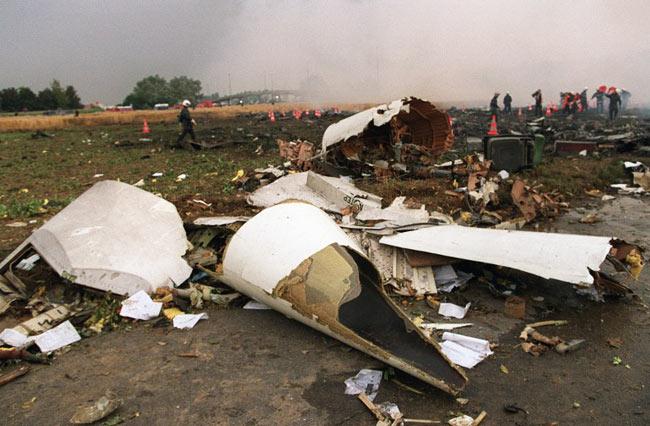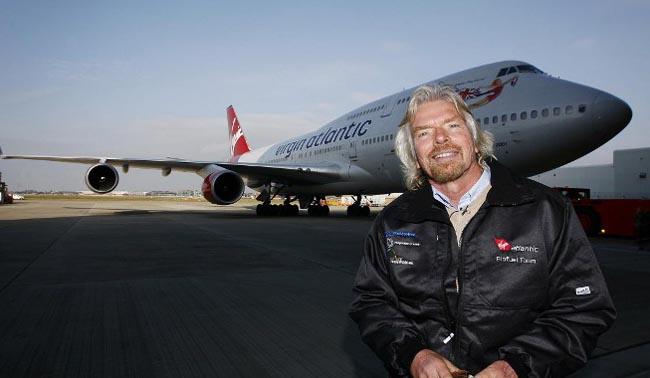Concorde made its first non-stop crossing of the Atlantic in record-breaking time today September 26th in 1973. The aircraft is regarded by many as an aviation icon and an engineering marvel. On the occasion, we look at some interesting trivia about the aircraft...

In order to fly non-stop across the Atlantic Ocean, Concorde was developed to have the greatest supersonic range of any aircraft. This was achieved by a combination of engines which were highly efficient at supersonic speeds, a slender fuselage with high fineness ratio, and a complex wing shape for a high lift to drag ratio. This also required carrying only a modest payload and a high fuel capacity, and the aircraft was trimmed with precision to avoid unnecessary drag.
The retired turbojet-powered supersonic passenger airliner or supersonic transport (SST) is one of only two SSTs to have entered commercial service; the other was the Tupolev Tu-144.
Concorde was jointly developed and produced by Aérospatiale and the British Aircraft Corporation (BAC) under an Anglo-French treaty.
ADVERTISEMENT

Pic/AFP
First flown in 1969, Concorde entered service in 1976 and continued commercial flights for 27 years.
A total of 20 aircraft were built in France and the United Kingdom; six of these were prototypes and development aircraft.
Seven each were delivered to Air France and British Airways. Concorde's name reflects the development agreement between the United Kingdom and France. In the UK, any or all of the type—unusually for an aircraft—are known simply as "Concorde", without an article. Reflecting the treaty between the British and French governments which led to Concorde's construction, the name Concorde is from the French word concorde, which has an English equivalent, concord. Both words mean agreement, harmony or union.
Concorde's drooping nose, developed by Marshall Aerospace, enabled the aircraft to switch between being streamlined to reduce drag and achieve optimum aerodynamic efficiency, and not obstructing the pilot's view during taxi, takeoff, and landing operations.
Air compression on the outer surfaces caused the cabin to heat up during flight. Every surface, such as windows and panels, was warm to the touch by end of the flight.
Due to the high speeds at which Concorde travelled, large forces were applied to the aircraft's structure during banks and turns. This caused twisting and the distortion of the aircraft’s structure.
By around 1981 in the UK, the future for Concorde looked bleak. The British government had lost money operating Concorde every year, and moves were afoot to cancel the service entirely. In 1983, BA's managing director, Sir John King, convinced the government to sell the aircraft outright to British Airways for £16.5 million plus the first year’s profits.
The Air France Flight 4590 crash
Air France Flight 4590 was a Concorde flight operated by Air France which was scheduled to fly from Charles de Gaulle International Airport near Paris, to John F. Kennedy International Airport in New York City. On 25 July 2000, it crashed into a hotel in Gonesse, France. All one hundred passengers and nine crew members on board the flight died. On the ground, four people were killed and one critically injured.

A combo of photographs taken on July 25, 2000 in Roissy-en-France near Paris shows the Air France supersonic airliner Concorde's crash after it took off from Roissy Airport. Pic/AFP
The flight was chartered by German company Peter Deilmann Cruises; the passengers were on their way to board the cruise ship MS Deutschland in New York City for a 16-day cruise to Manta, Ecuador.[1][2] This was the only fatal Concorde accident during its 27-year operational history. It was the beginning of the end for Concorde as an airliner; the type was retired three years later.

A file picture taken on July 26, 2000 in Gonesse, northern Paris, shows part of the nose cone after an Air France Concorde crashed during take-off killing 113 people. Pic/AFP
A French court found Continental Airlines 'criminally responsible', on December 6, 2010, for the deadly 2000 Concorde crash, ruling it was caused by a piece of metal left on the runway by one of the US carrier's jets.
On 10 April 2003, Air France and British Airways simultaneously announced that they would retire Concorde later that year. They cited low passenger numbers following the 25 July 2000 crash, the slump in air travel following the September 11, 2001 attacks, and rising maintenance costs.
Although Concorde was technologically advanced when introduced in the 1970s, 30 years later, its analogue cockpit was dated. There had been little commercial pressure to upgrade Concorde due to a lack of competing aircraft, unlike other airliners of the same era such as the Boeing 747.
By its retirement, it was the last aircraft in British Airways' fleet that had a flight engineer; other aircraft, such as the modernised 747-400, had eliminated the role.
On 11 April 2003, Virgin Atlantic founder Sir Richard Branson announced that the company was interested in purchasing British Airways’ Concorde fleet for their nominal original price of £1 (US$1.57 in April 2003) each.

Virgin Atlantic founder Richard Branson. Pic: AFP
British Airways dismissed the idea, prompting Virgin to increase their offer to £1 million each.
Branson claimed that when BA was privatised, a clause in the agreement required them to allow another British airline to operate Concorde if BA ceased to do so, but the Government denied the existence of such a clause.
In October 2003, Branson wrote in The Economist that his final offer was "over £5 million" and that he had intended to operate the fleet "for many years to come". The chances for keeping Concorde in service were stifled by Airbus's lack of support for continued maintenance.
 Subscribe today by clicking the link and stay updated with the latest news!" Click here!
Subscribe today by clicking the link and stay updated with the latest news!" Click here!







